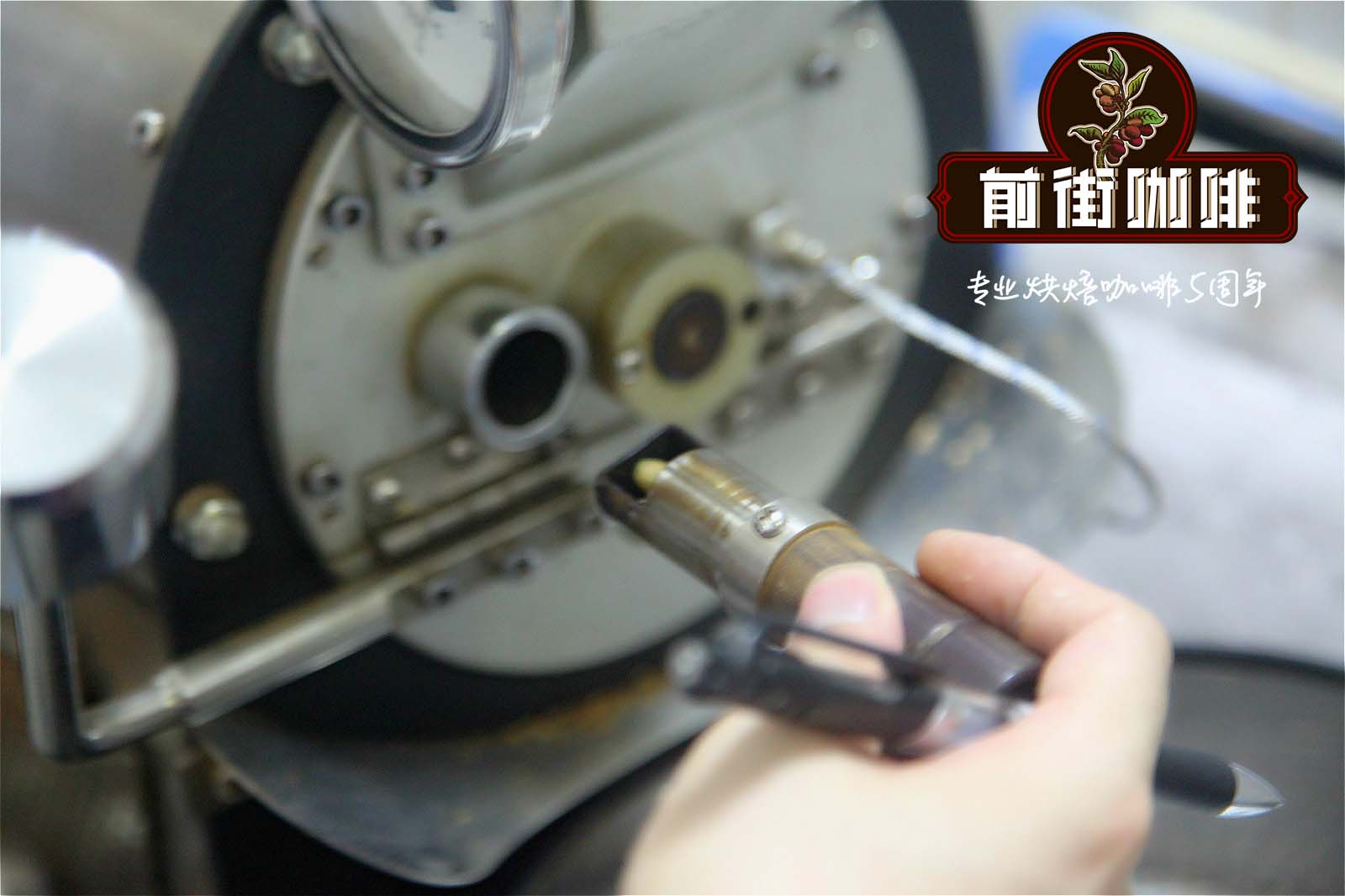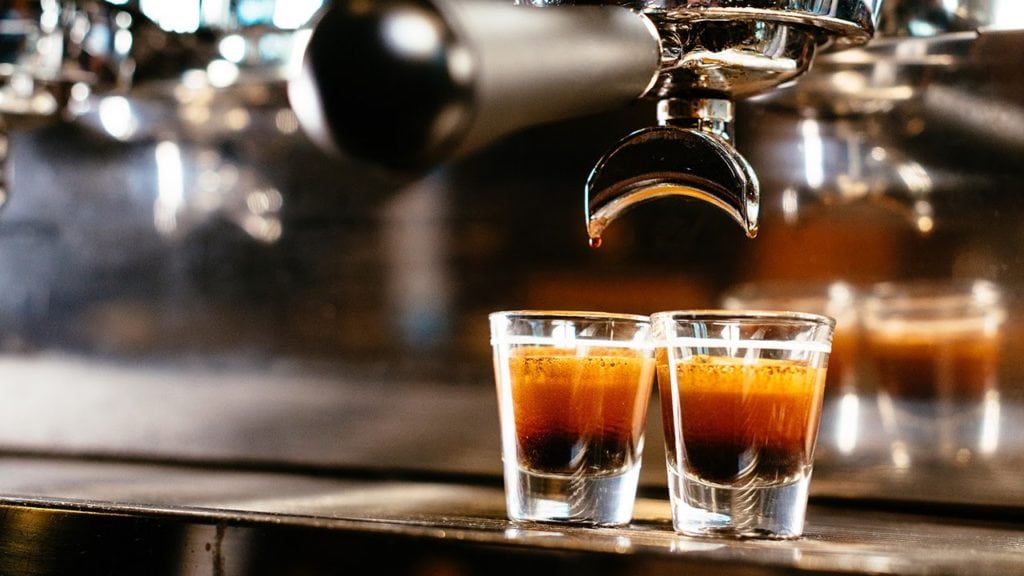What happens at each stage of roasting and the characteristics of coffee flavor with different degrees of roasting
Professional coffee knowledge exchange more coffee bean information please follow the coffee workshop (Wechat official account cafe_style)
What happens at all stages of baking?
Different roasting methods will affect the flavor, aroma and taste of the final coffee, because chemical changes will occur at different time points during roasting.
But regardless of the baking method, baking is mainly divided into three stages: dehydration, Maynard (caramelization) reaction, and flavor development. These terms actually describe the different stages of chemical and physical changes.
1. dehydration
The dehydration process occurs at the temperature recovery point, which is when you put the raw beans in the baking machine, the heat inside the machine will drop before rising again, and the point at which the temperature begins to rise is called the temperature recovery point. During the dehydration stage, the water in the raw beans will begin to evaporate and the pressure will begin to form inside the beans.
two。 Maynard reaction
When the coffee beans begin to turn brown, the Maynard reaction begins, which happens when heated to about 150 °C. This process produces a lot of gases, including carbon dioxide, water vapor, volatile gases and so on. When the internal pressure is large enough to break through the cell wall, it expands, which is called the first explosion.
Flavor development will also occur at the same time in Maynard reaction, in addition to beans color change, but also affect the final coffee flavor.
3. Flavor development period
When baked to an explosion, baking changes from an endothermic reaction (absorbing heat from the drum) to an exothermic reaction (beans release heat). At this stage, the physical changes will continue, the pores on the bean surface will continue to increase, the oil will continue to move from the core to the surface, and the color will continue to darken.
The aroma of coffee comes from coffee roasting
The aroma and taste of coffee are produced after roasting. In the process of baking, the moisture of raw coffee beans is slowly released, the weight is reduced, the color deepens, the volume expands, and the aromatic oil is slowly released. In addition, a large amount of chlorogenic acid originally contained in raw beans will gradually disappear with the baking process, releasing good-smelling fruit acid, and its taste varies with the baking time.
Brazil: most Robusta is produced, with a strong taste and a chocolate finish. Coffee products in hypermarkets usually come from Brazil.
Central America, Colombia: light taste, good balance, low acidity and fruity finish. It is more popular in the United States.
Indonesia: earthy or smoky, bitter cocoa aftertaste, full-bodied.
Ethiopia: the origin of coffee is high in variety. Many are described as having a syrup smell and a strawberry or blueberry aftertaste.
Kenya: it's thick and a little sour with tomatoes.
Hawaii: sweet, mild, mellow and supple.
two。 The process of planting and treatment of coffee beans
In addition to the origin, the method of planting coffee beans (shade planting, organic cultivation, fertilization) and the process of picking coffee beans (whether the working conditions of farm workers enable them to have good working quality) also affect the taste of coffee. A good coffee tree may also produce bad beans.
The post-harvest treatment of coffee beans is also very important. there are three kinds of post-processing methods, such as sun exposure, water washing and honey treatment. Sun-dried coffee beans have rich fruit aromas, sweet aftertaste and high mellowness. Washed coffee beans have fruity or floral aromas, moderate acidity and low mellowness. Honey-treated coffee beans have a sweeter aftertaste, delicate fruit aromas and high mellowness.
At present, there are various grading methods in the world according to the size of coffee beans, the quality of post-processing, and planting elevation, which can also be used to judge the quality of coffee beans. In addition, some coffee packaging will have Fairtrade, sustainable management, organic cultivation, high altitude and other certification labels, most of the coffee beans with these labels are not poor. Although some proofs may not be directly related to quality, they indicate that the coffee beans have been carefully processed.
3. Preservation of raw coffee beans
Raw coffee beans are very stable before they are roasted and can be preserved for a year under good conditions. But if you put it in a place with high humidity, it may produce bacteria, and coffee beans will also be contaminated with the bad smell in the air.
It is worth mentioning that the so-called old beans (aged) refers to the coffee beans stored in the low humidity and high altitude environment of the country of origin, which are turned and kept fresh regularly to cultivate a particularly mellow taste. This kind of coffee bean tastes good, but it is also expensive.
4. Roasting of coffee
Coffee bean roasting and cooling
The baking time of beans will affect the appearance and taste. The simplest way to judge is that the longer the beans are roasted, the lighter the sour taste and the less caffeine.
Light roasting (cinnamon roast): high acidity, slightly fragrant, often used to make American coffee.
Medium roasting (medium roast): sour and bitter taste, moderate aroma, retain the original flavor of coffee beans, often used to make American coffee or mixed coffee.
Medium and deep baking (high roast): the taste is rich, sour and bitter balanced and slightly sweet, with good aroma and flavor.
Urban roasting (city roast): lower acidity than medium and deep roasting, perfect display of coffee flavor, is the standard roasting degree, the most popular among the general public.
Deep roasting (full city roast): bitterness is stronger than sour taste, the aftertaste is sweet, full of aroma, mostly used to make iced coffee or black coffee.
French baking (French roast): bitter, strong, not sour, with smoky aroma.
Italian roast: beans are glossy, bitter and scorched, and are mainly used to make espresso.

End
Important Notice :
前街咖啡 FrontStreet Coffee has moved to new addredd:
FrontStreet Coffee Address: 315,Donghua East Road,GuangZhou
Tel:020 38364473
- Prev

A brief introduction to the extraction process and Technology of Italian espresso Espresso
Professional coffee knowledge exchange more coffee bean information please follow the coffee workshop (Wechat official account cafe_style) people who are fastidious about drinking Espresso, pursue the top Espresso, but it is not easy to extract the top Espresso; generally, mass-produced household machines cannot accomplish the task, if you really want to enjoy the top Espresso at home, you have to spend ten thousand to buy a professional Es.
- Next

What is the proper noun description of fine coffee and coffee flavor
Professional coffee knowledge exchange more coffee bean information please follow the coffee workshop (Wechat official account cafe_style) boutique coffee (specialty coffee), also known as specialty coffee selection coffee. It refers to coffee made from a small number of raw beans with excellent taste grown in an ideal geographical environment. Depending on the special soil and climatic conditions in which they grow.
Related
- Beginners will see the "Coffee pull flower" guide!
- What is the difference between ice blog purified milk and ordinary milk coffee?
- Why is the Philippines the largest producer of crops in Liberia?
- For coffee extraction, should the fine powder be retained?
- How does extracted espresso fill pressed powder? How much strength does it take to press the powder?
- How to make jasmine cold extract coffee? Is the jasmine + latte good?
- Will this little toy really make the coffee taste better? How does Lily Drip affect coffee extraction?
- Will the action of slapping the filter cup also affect coffee extraction?
- What's the difference between powder-to-water ratio and powder-to-liquid ratio?
- What is the Ethiopian local species? What does it have to do with Heirloom native species?

